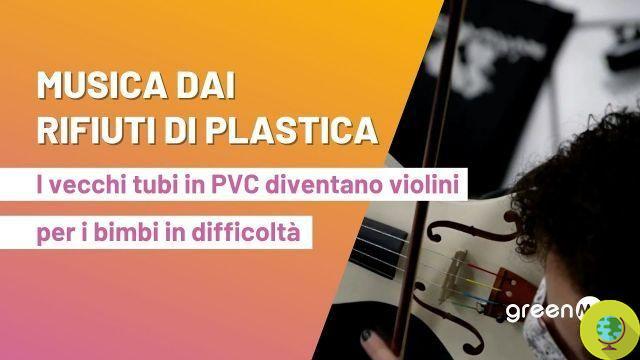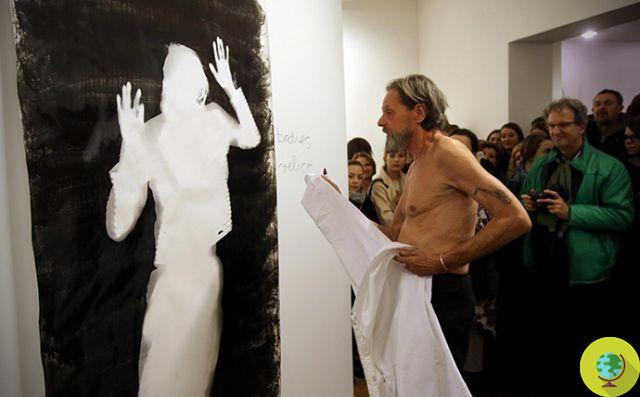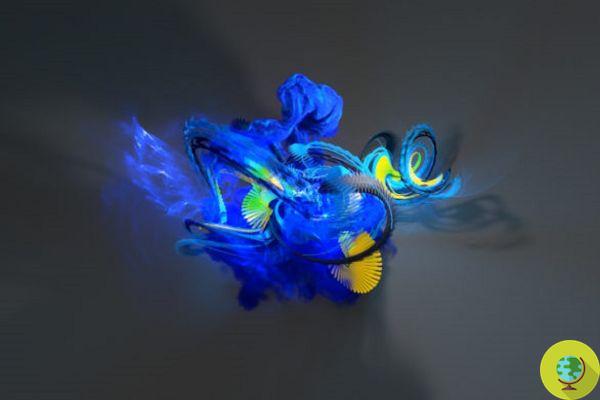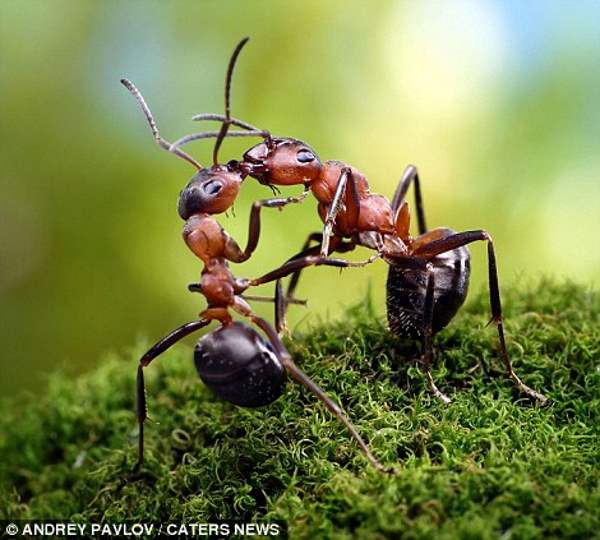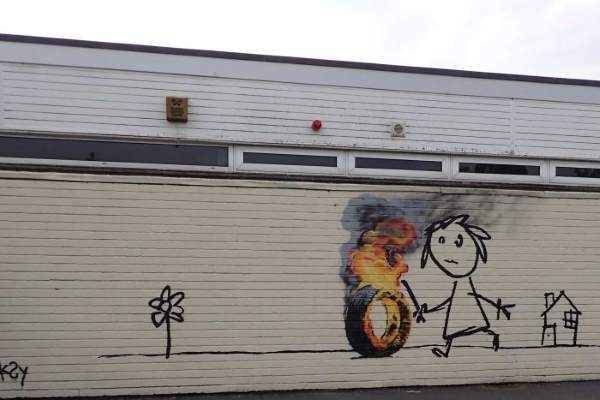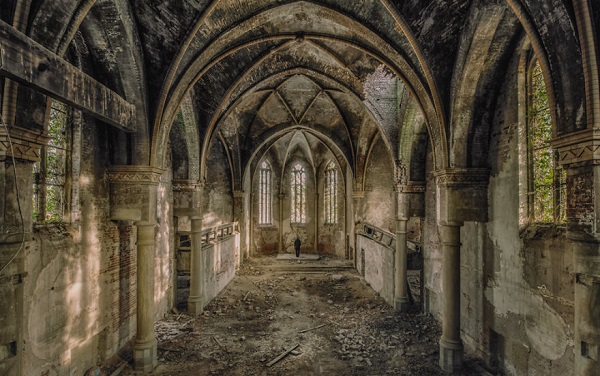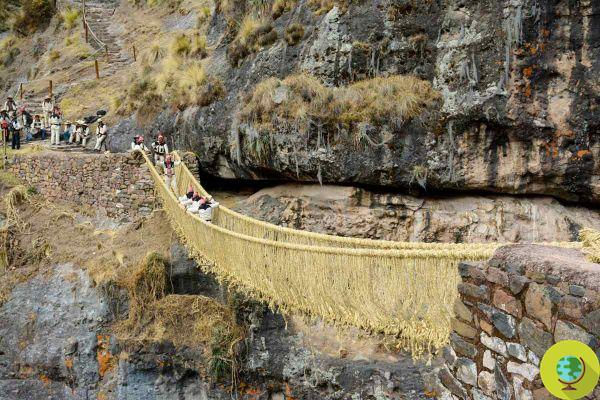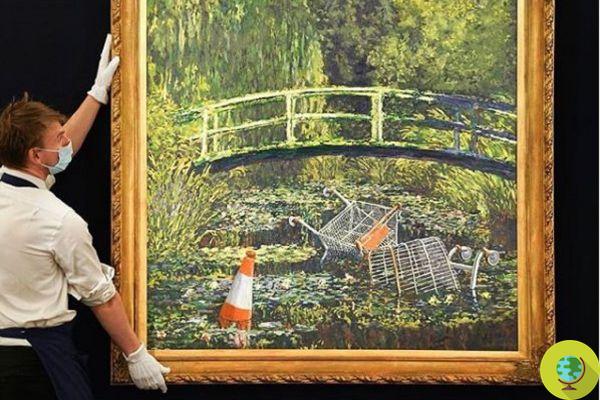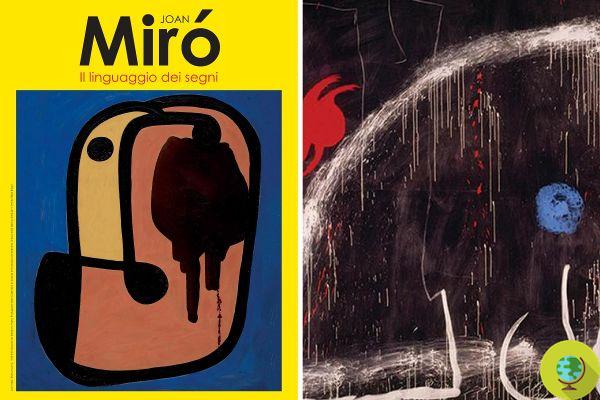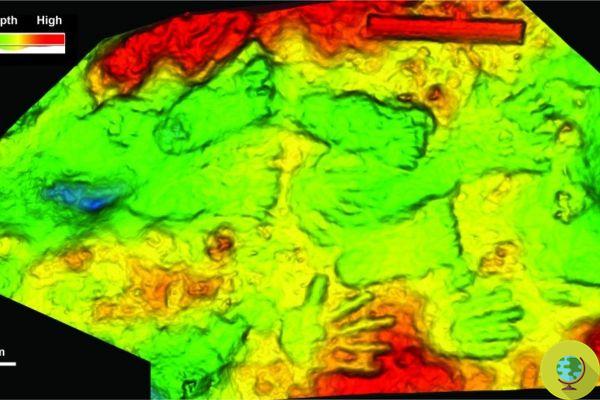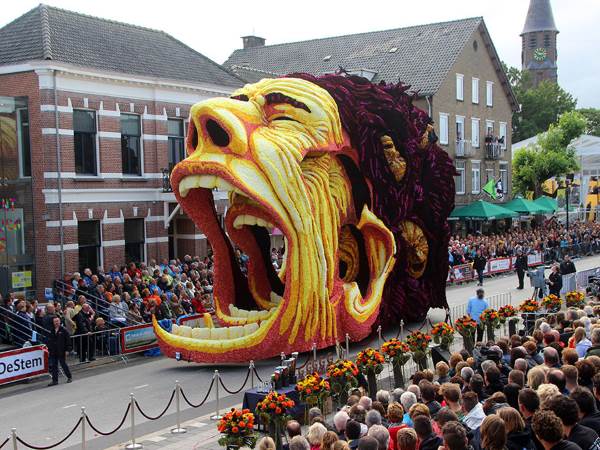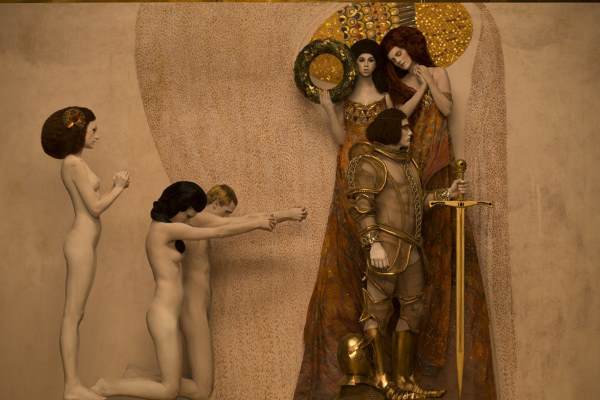The pollution and the consequent dirt that over time settles on the monuments of our cities can be eliminated thanks to bacteria. Word of Enea which recently illustrated the new procedures for the "bio-cleaning" operated thanks to some specific strains of bacteria. The latter have been chosen to remove dirt from various types of materials, from paper to marble to wall paintings, from which they are able to remove glues, casein, waxes and resins, gypsum, carbonates and environmental pollutants
He is about to end up run over, his mother saves him
THEpollution and the consequent dirt that over time settles on the monuments of our cities can be eliminated thanks to bacteria. Word of Enea which recently illustrated the new procedures for the "biopulitura”Operated thanks to some specific strains of bacteria. The latter have been chosen to remove dirt from various types of materials, from paper to marble to wall paintings, from which they are able to remove glues, casein, waxes and resins, gypsum, carbonates and environmental pollutants.
Enea itself announced the results achieved through this technique, during a conference held in Rome on March 25th, organized by the association "Friends of the painted tombs of Tarquinia", by title: "Cultural Heritage and Green Economy, Bacteria and Biorestoration". Researchers Anna Rosa Sprocati and Chiara Alisi illustrated the new procedures for "bio-cleaning" based on bacteria, which have thus become the champions of restoration, the recovery and conservation of monuments.
In fact, in the world of microbes, the organization is looking for the solution for replace toxic products with others with selective action "non-aggressive towards works of art, harmless to the health of operators, compatible with the environment and economic".
These are techniques already applied last November by the Agency for the restoration of the murals of the lodges of Casina Farnese, in the archaeological site of the Palatine Hill in Rome.
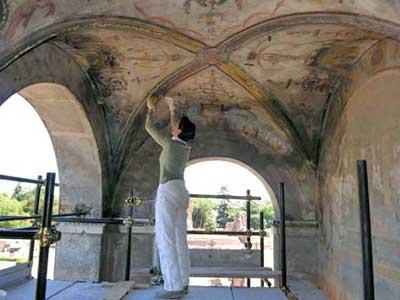
Biocleaning was carried out using non-pathogenic and asporigenic bacteria, that is, that do not produce latent forms of survival, such as spores. After the laboratory phase, the procedure was applied in situ together with the restorers of the construction site of the lodges of Casina Farnese and with the supervision of the Special Superintendence for Archaeological Heritage of Rome.
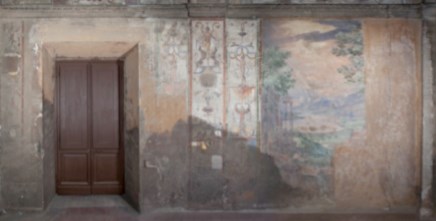
“The results achieved on the Casina Farnese wall paintings show that it is possible to selectively clean different levels of deposits by applying different microorganisms in succession, according to the specific metabolic capacity required. In this way, underlying pictorial layers and past restoration interventions were revealed. The procedure does not impose restrictive operating conditions, it is free from toxic products and therefore it is safe for the operators, the works of art and the environment, ”explained Anna Rosa Sprocati at the time.

The research conducted by Enea will therefore try to find also other microorganisms, developing new methods for a correct diagnosis of biodeterioration and for restoration. So far, research has focused on the removal of blackened shellac films from wall paintings, on the removal of aged animal glues from paper material and on the aforementioned bio-cleaning of deposits from wall paintings of the Casina Farnese loggias.
Francesca Mancuso
Photo: Edilone
READ also:
Painting with smog to raise awareness of the pollution of cities. The works of Alessandro Ricci
Biofuels from bacteria: gasoline is made with E. coli
Biodegradable plastic? Bacteria will produce it using greenhouse gases and air







